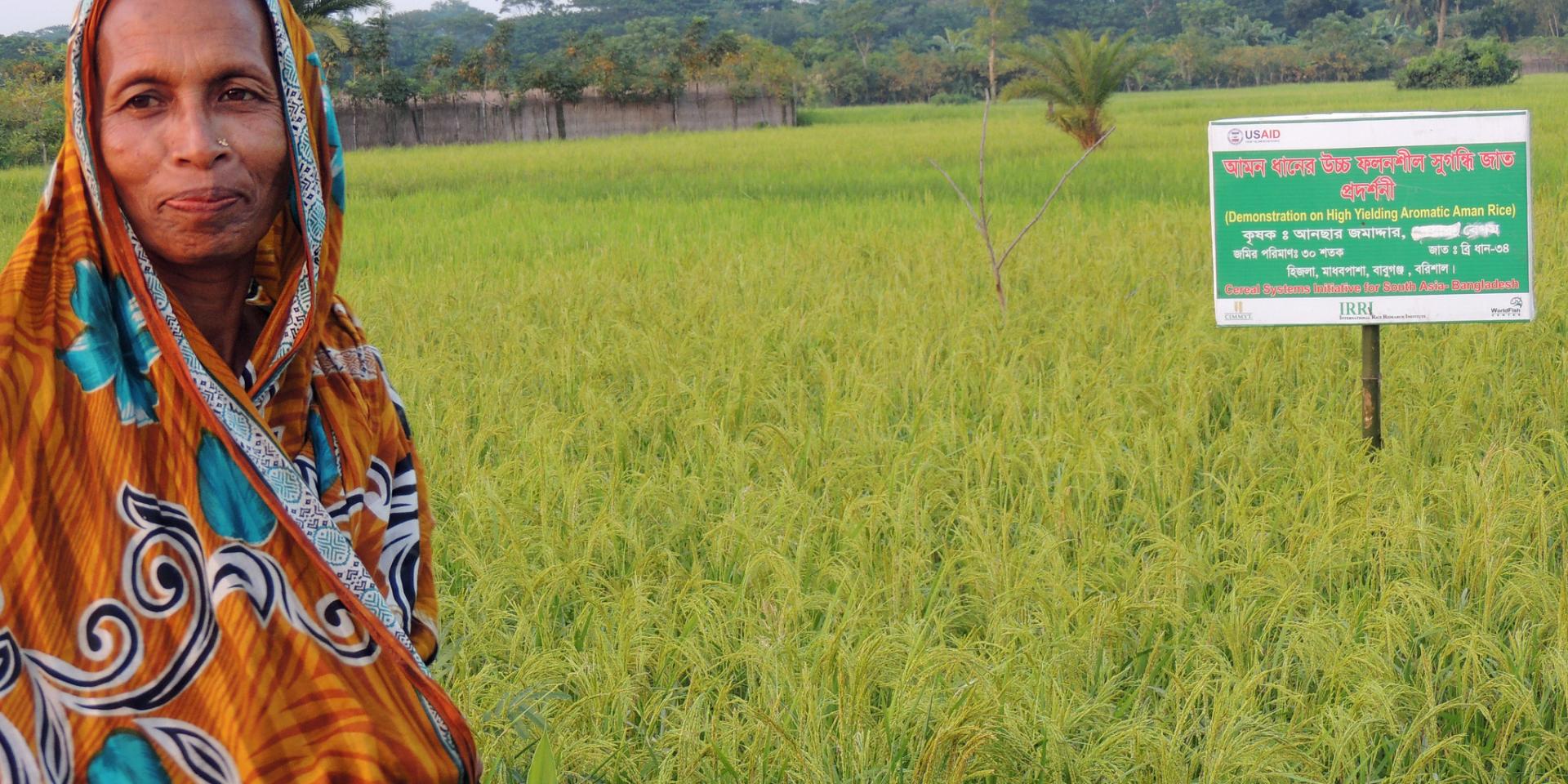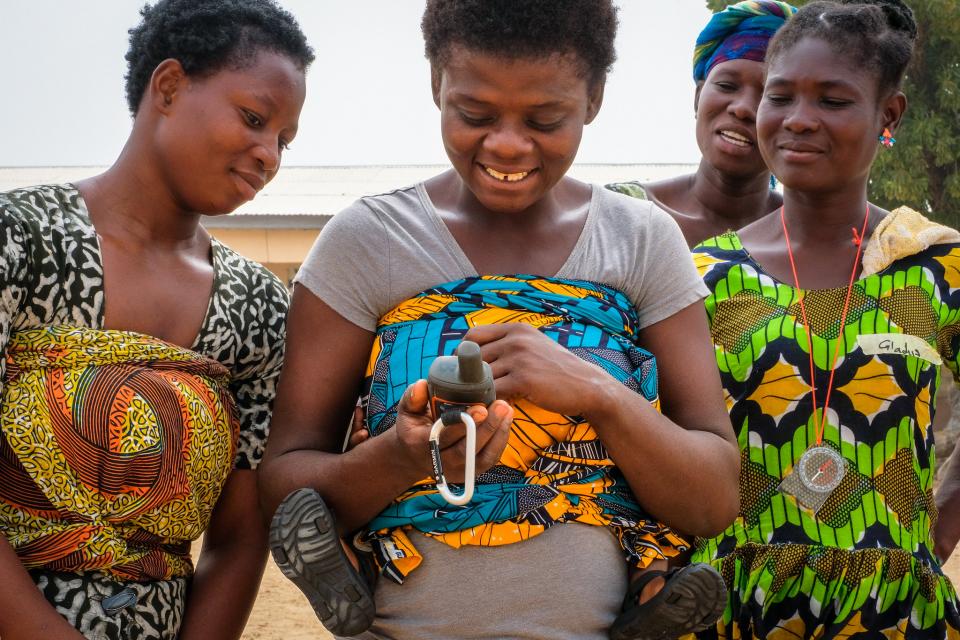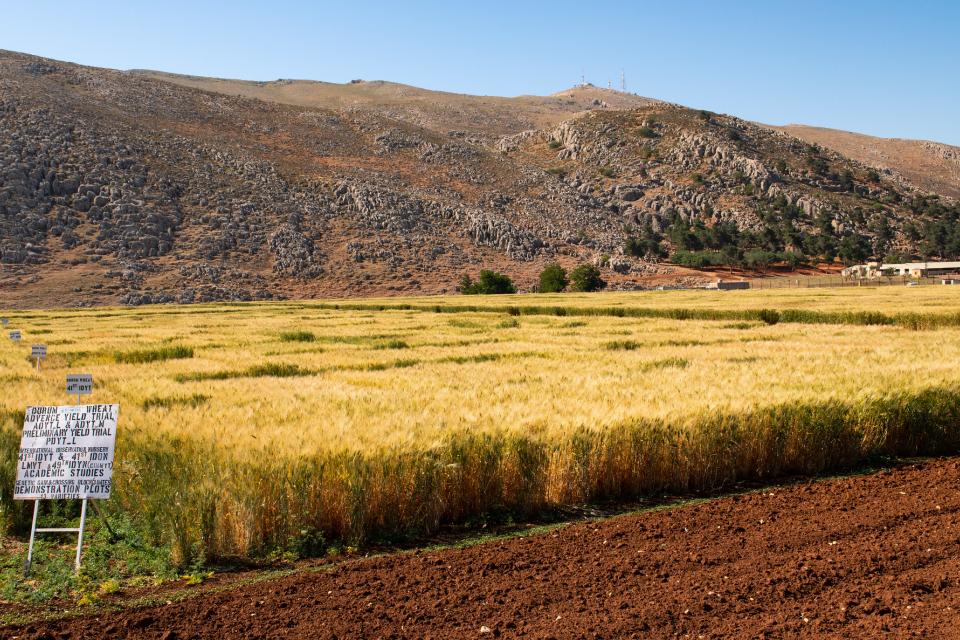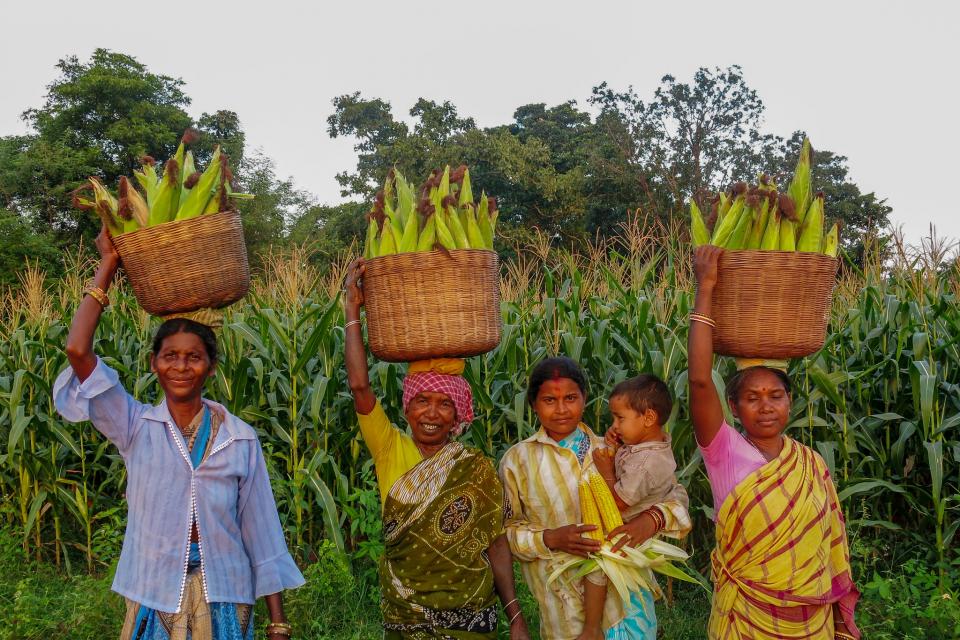Caste-gender intersectionalities in wheat-growing communities in Madhya Pradesh, India
 Photo: WorldFish
Photo: WorldFish
A new study has revealed how the ways in which caste and gender interact in wheat systems in India are changing over time, how women struggle to be involved in decisions on wheat farming, how agricultural mechanization is pushing women of all castes out of paid employment, and how women’s earnings are an important source of finance in wheat.
There is growing awareness that not all rural women are alike and that social norms and technological interventions affect women from different castes in distinct ways. The caste system in South Asia, which dates back over 3,000 years, divides society into thousands of hierarchical, mostly endogamous groups. Non-marginalized castes are classified as “general caste” while those living in the social margins are categorized as “scheduled caste” and “scheduled tribe”. Scheduled caste and scheduled tribe farmers face both social and economic marginalization and limited access to information and markets, despite government efforts to level up social inequalities.
In India, women of all castes are involved in farming activities, although their caste identity regulates the degree of participation. General caste women are less likely to be engaged in farming than women of lower castes. Despite their level of participation across caste groups, women are rarely recognized as “farmers” (Kisan) in Indian rurality, which restricts their access to inputs, information and markets.


